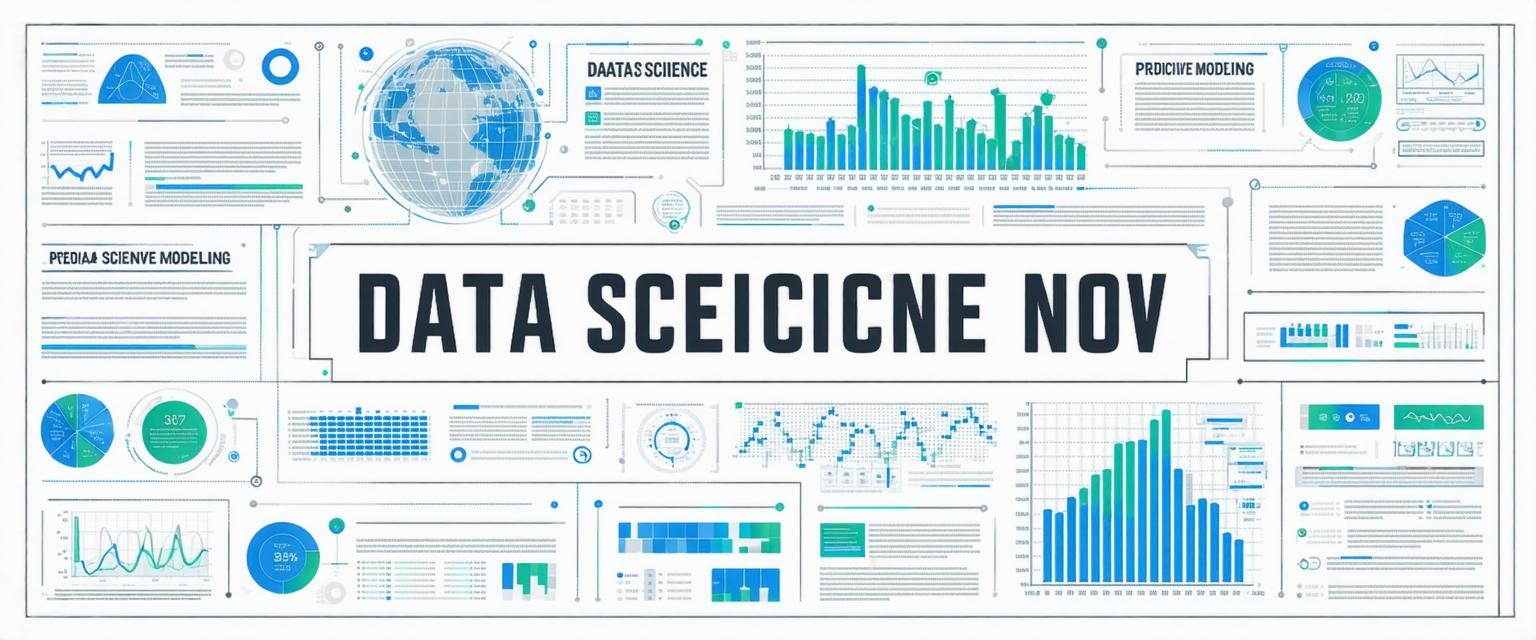






The field of data science is constantly evolving, with new techniques and applications emerging at a rapid pace. Recent advancements in predictive modeling are significantly impacting various sectors, from healthcare to finance.
Predictive modeling, a core component of data science, uses historical data to predict future outcomes. Traditional methods often relied on linear models and simpler algorithms. However, the rise of big data and increased computational power has fueled the development of more sophisticated approaches.
These include advanced machine learning techniques like deep learning and ensemble methods, which can handle complex datasets and identify intricate patterns previously undetectable. This has led to more accurate and insightful predictions across numerous domains.
Recent breakthroughs involve the integration of causal inference into predictive modeling. This allows data scientists not just to predict future events, but also to understand the underlying causal relationships driving those events. This is a crucial step towards more robust and reliable predictions.
Furthermore, there’s a growing focus on explainable AI (XAI). This addresses the “black box” problem of complex models, making their predictions more transparent and understandable. This is particularly important in high-stakes applications where trust and accountability are paramount.
These advancements have significant implications across industries. In healthcare, improved predictive models can lead to earlier disease diagnosis and more personalized treatments. In finance, more accurate risk assessments can minimize losses and optimize investment strategies.
Other sectors like manufacturing and supply chain management are also benefiting from improved forecasting and optimization capabilities, leading to greater efficiency and reduced waste. The overall societal impact is substantial, promising better decision-making across various aspects of life.
Future research will likely focus on developing even more robust and reliable predictive models that can handle increasingly complex and heterogeneous data. This includes advancements in handling missing data, incorporating real-time data streams, and addressing bias and fairness concerns.
The ethical considerations surrounding AI and data science will also remain at the forefront. Ensuring responsible development and deployment of these powerful technologies will be crucial to harnessing their benefits while mitigating potential risks.
“`